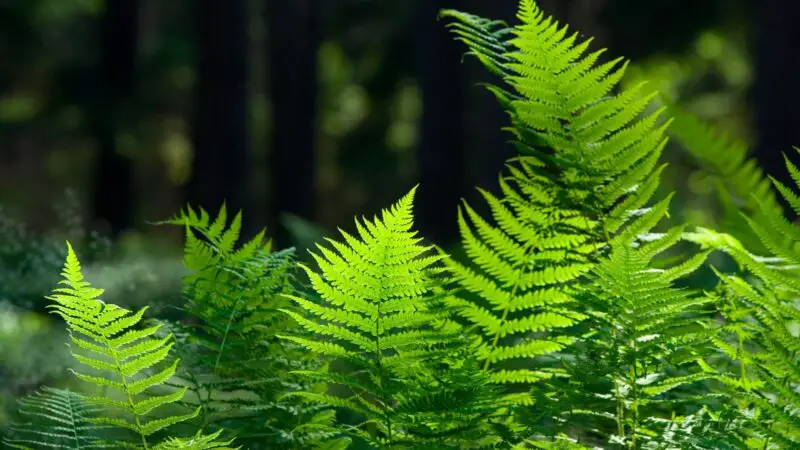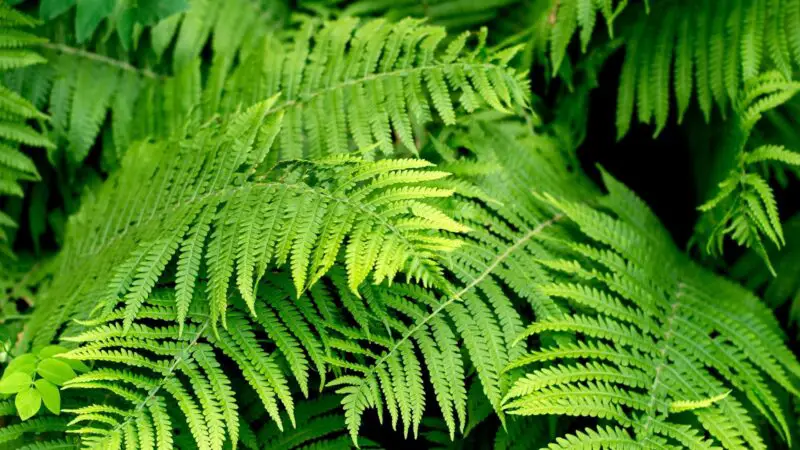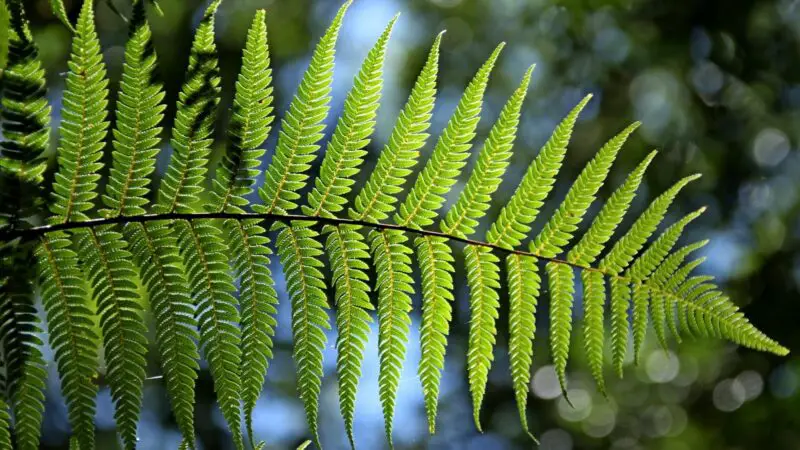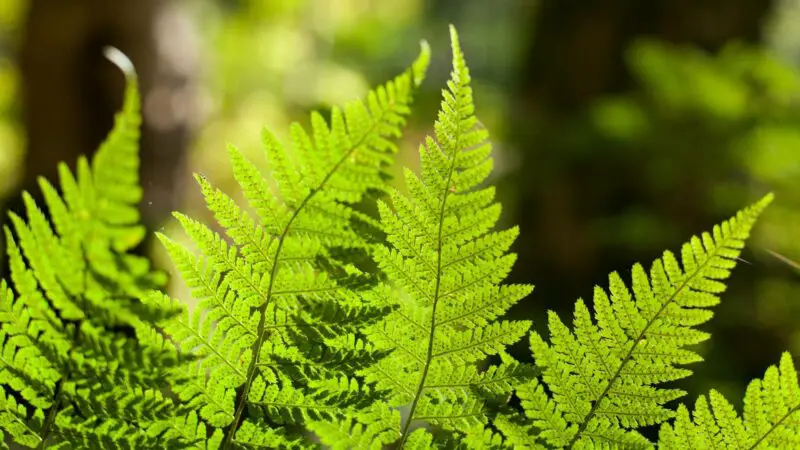One of the most important things you need to know about the pet you have or the pet you want to get is their diet. Just like humans, animals need a balanced and healthy diet in order to prevent diseases and live longer.
Can guinea pigs eat ferns? Guinea pigs should not eat ferns. Most ferns are toxic to living creatures. However, there is a certain type of ferns they can eat – fiddlehead ferns. Fiddlehead ferns are furled leaves of ferns harvested as vegetables. This type of fern is beneficial for a guinea pig.
Read on to learn more about ferns, including their benefits, nutrition facts, and risks for guinea pigs.
Table of Content
What Are Ferns?

There are about 12,000 different species of ferns. There is not enough knowledge about them, but generally, they are known to be toxic.
These plants have no flowers or seeds, so they reproduce via spores. They have a toxin called latex sap in their leaves and stems.
Are Ferns Good for Guinea Pigs? | Health Benefits

Ferns are high in vitamin C, and low on fat and calcium, so they are very good for guinea pigs. The high content of vitamin C supports the proper functioning of their sensitive organisms while the little amount of calcium helps with bones without being harmful.
The benefits of these two essential substances are endless. It can fight diseases, and help the immune system, bones, teeth, and joints stronger, preventing scurvy. Generally, without these substances, their bodies cannot work properly.
Nutrition Facts of Ferns

Vitamin C
This is the most important vitamin for guinea pigs. This is due to the fact that guinea pigs, just like humans, cannot produce by themselves and store vitamin C.
This means that if you don’t feed them foods high in vitamin C, they can develop scurvy, a certain disease caused by vitamin C deficiency.
Scurvy is a condition that happens when guinea pigs don’t have enough vitamin C in their diet. The symptoms are lack of energy and appetite for food, difficulty in walking, and rough hair.
If you observe any of these symptoms, take your guinea pig to the veterinarian. Scurvy can be treated by supplementing vitamin C. However, if it is not treated properly, it can cause death.
Vitamin C fixes calcium in bones, contains antibacterial properties, fights diseases, and helps the immune system. Also, it absorbs excess calcium.
The amount of vitamin C guinea pigs need daily is between 10 to 30 mg. This amount is necessary, but don’t be scared if you accidentally feed them a little more than they need. The excess vitamin C will be eliminated through urine.
Calcium
Calcium is also a vital substance for guinea pigs. It is essential for the healthy development of bones and teeth. However, the most important role calcium has for guinea pigs is balancing magnesium and phosphorus.
Also, guinea pigs can eliminate calcium. So if you see white substances excreted by your little pet, it is probably calcium.
Related Questions
How Often Can I Give Fiddlehead Ferns to My Guinea Pigs?
Looking at the nutritional facts of fiddlehead ferns, their high content of vitamin C and low content of fat is crucial. This is the reason you can give your guinea pigs fiddlehead ferns 3 to 4 times a week.
What Does a Well-Balanced Diet Look Like for Guinea Pigs?
Guinea pigs can only eat raw, fresh food – fruit, vegetables, plants, and pellets. Water needs to always be replaced and should be fresh water all the time.
Guinea pigs can also eat hay. It is a plant they love and need the most. Hay contains a lot of essential nutrients and helps with their health and the length of their teeth.
Pellets also contain a lot of nutrients, but an eighth of a cup is enough daily. Vegetables and fruit are meant to offer more nutrients and an interesting diet.
Guinea pigs get sick of the same food all over again, so make sure you have a variety of foods that you can give them.
Quick Facts on Ferns

- There is an insane number of species of fern worldwide. Depending on the species, they can be as small as 2 or 3 inches or as tall as 30 feet.
- Some ferns may live up to a century.
- Ferns are very old organisms. They appeared 400 million years ago.
- Fern’s leaves are called fronds.
- Ferns develop neither flowers nor seeds. They reproduce via spores.
- Ferns can also reproduce through rhizomes (roots) and fronds (leaves).
- Mice and bats eat these spores.
- Most of them are toxic, but a few of them are used in the diets of humans.
- Ferns have a lot of uses in the world. They are known to fertilize the air. They do that by absorbing the nitrogen from the air. Also, they can absorb heavy metals from the soil and air. They are very important for fighting pollution.
- The tallest ferns are not thin plants, they are actually trees. Those species are used in the building industry.
- Most species of fern grow in shady, wet places, like a jungle. However, they can be found pretty much anywhere. They are very adaptable.
- Some of the species are considered weeds.
- There is a species of fern called the bracken. This is the most poisonous type of fern known until now. It was presumably consumed in Japan at one time. In any case, it has now been scientifically confirmed to cause cancer.
We have also made a full list of foods that guinea pigs can and can’t eat (150+ Types of Foods). Be sure to also check our recommended products page for everything you will ever need to assure a happy life for your guinea pigs. Hope this information was helpful and you have found the answer you were looking for.
List of Sources
Vitamin C Requirements of the Guinea-Pig
Nutrient Requirements of Laboratory Animals: Fourth Revised Edition
The Effects of Diet on Anatomy, Physiology and Health in the Guinea Pig
